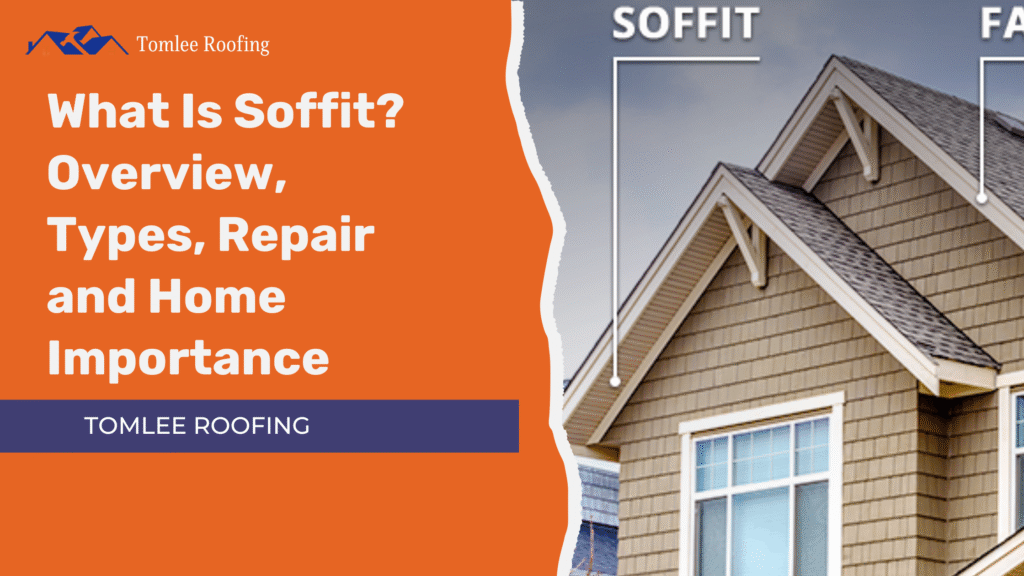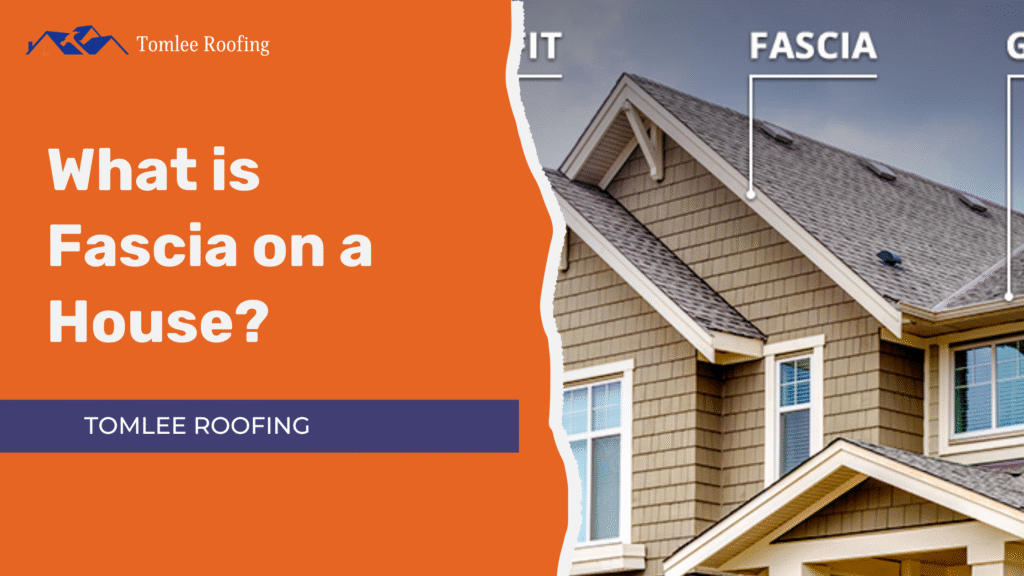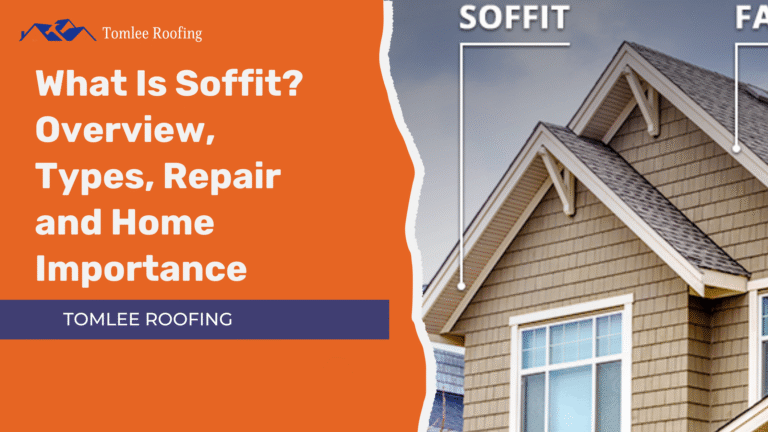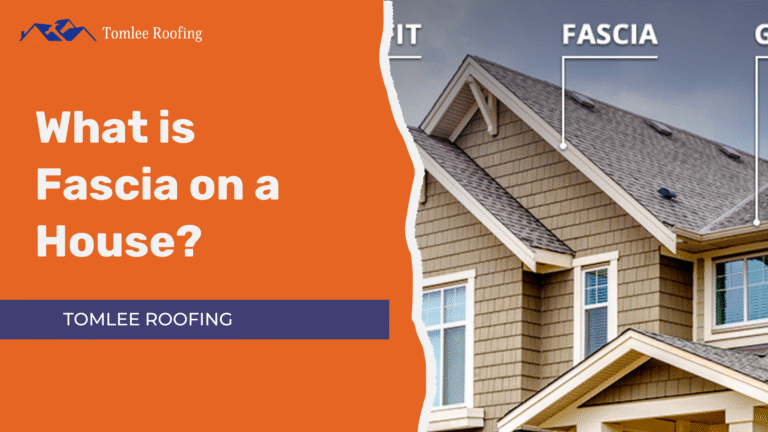The foggy climate in San Francisco reduces asphalt shingle durability by trapping moisture, encouraging algae growth, and weakening granules. Regular care can extend roof life.
San Francisco’s famous fog might look beautiful in the mornings, but it’s not so great for your roof. Constant moisture, salty air, and a lack of sunlight can slowly damage your shingles, especially asphalt shingles, which are the most common roofing material in the Bay Area.
If you’re a homeowner, you might wonder: how does this foggy weather affect how long your roof will last?
In this blog, we’ll explain how daily fog impacts your roof, why asphalt shingles are more at risk, and what you can do to protect your home from
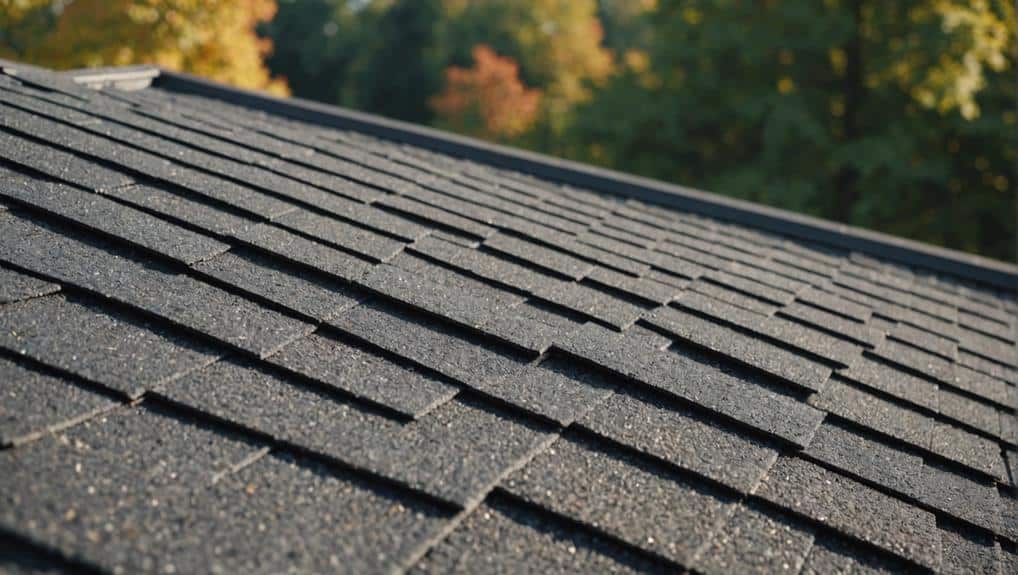
Don’t wait for a leak to find out
Understand the foggy climate and durability of asphalt shingles in San Francisco today.
Continuous Moisture Weakens Shingles Over Time
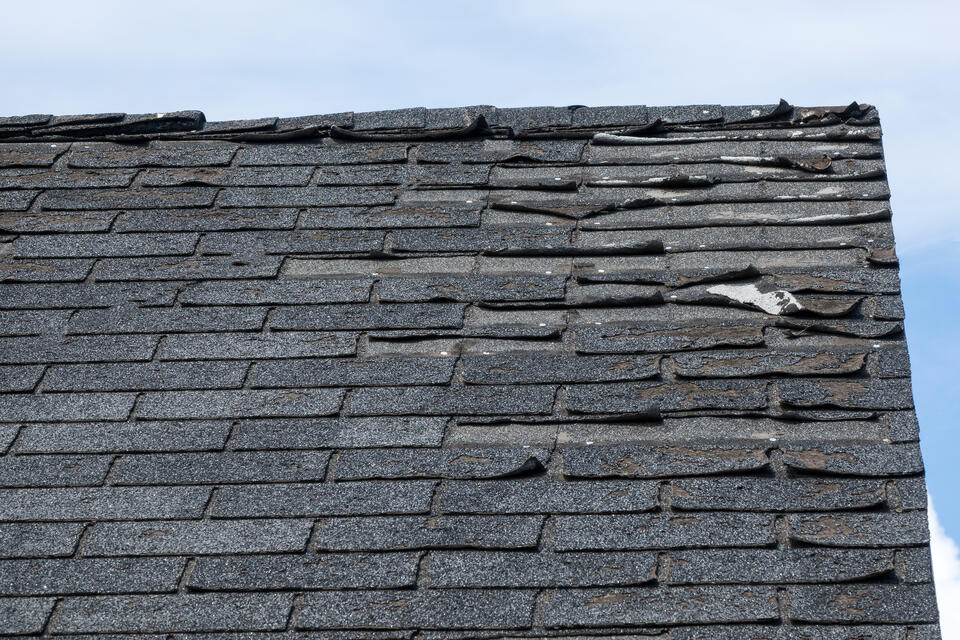
Fog is different from rain because it lingers, and that’s what makes it a real problem. It covers your roof with a fine layer of moisture that can stay there for weeks or even months.
When this keeps happening again and again, it slowly wears down the surface of your asphalt shingles.
What happens:
- Moisture weakens the protective granules
- Adhesive layers begin to deteriorate
- Shingles may start curling, lifting, or cracking
Pro Tip
Choose moisture-resistant or algae-resistant asphalt shingles designed for coastal or humid climates. They hold up better in places like San Francisco.
Moss, Algae, and Mould Thrive in Foggy Conditions
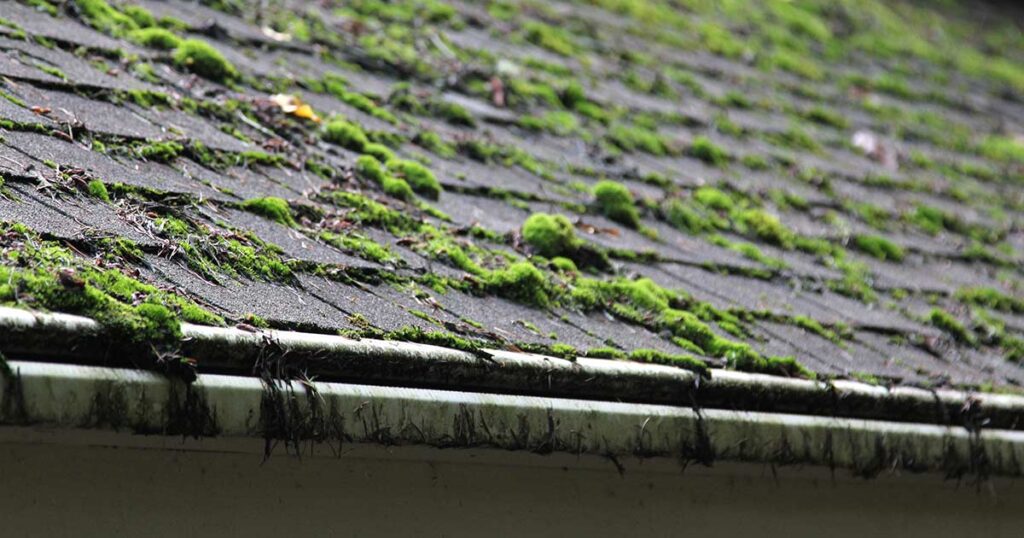
San Francisco’s damp weather makes it easy for moss and algae to grow on your roof. These green patches don’t just make your roof look messy; they also hold in extra moisture. This can cause the shingles to lift, making it easier for water to leak into your home.
What you can do to prevent moss & algae:
- Clean your roof regularly
- Install zinc or copper strips to prevent mould growth
- Ensure proper attic ventilation to control humidity from the inside
Pro Tip
Avoid power-washing your roof. It may remove growth temporarily, but it also strips away protective shingle granules, reducing your roof’s lifespan.
Reduced Lifespan of Asphalt Shingles
In most regions, asphalt shingles can last 20 to 30 years. In fog-heavy areas like San Francisco, that lifespan can be significantly reduced if the roof isn’t properly maintained.
Why roof’s durability drops:
- Constant dampness accelerates granule loss
- Moisture undermines the shingle structure
- Expansion and contraction from fog-to-sun cycles cause cracking
You know what?
Homes closer to the Pacific or San Francisco Bay experience even faster shingle degradation due to salty air exposure, which corrodes roofing materials.
Increased Risk of Roof Leaks
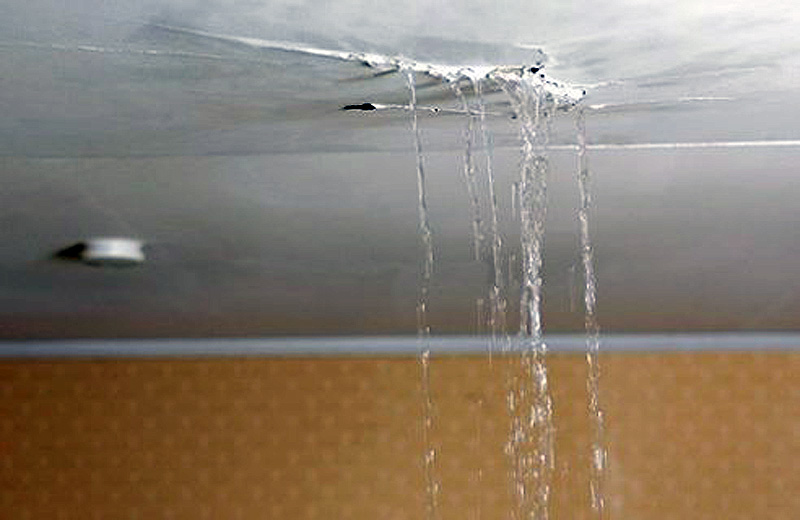
Foggy conditions increase the risk of roof leaks, especially if shingles are already ageing or were improperly installed. Moisture sneaks under lifted edges and weak points like vents and flashing.
Watch for these signs:
- Water stains on your ceiling
- Mould or mildew in the attic
- Soft or sagging roof spots
Hidden Structural and Insulation Damage
Moisture not only affects shingles, but it can also go deeper into your roof. If it’s not taken care of, this trapped moisture can cause the wood underneath to rot and damage the insulation. This can lead to higher energy bills & even mould inside your home.
Prevention tips:
- Install high-quality underlayment
- Improve attic ventilation and airflow
- Schedule professional inspections annually
Ready to extend your roof’s life?
Get a professional assessment tailored to the foggy climate and durability of asphalt shingles in San Francisco.
Conclusion: Take the Fog Seriously; Your Roof Depends on It
San Francisco’s fog isn’t just a backdrop; it’s a daily condition that can slowly degrade your roof. The relationship between a foggy climate and the durability of asphalt shingles in San Francisco is one that every homeowner should understand.
From algae growth to moisture damage and shortened lifespan, fog can silently reduce the integrity of your roof if you’re not paying attention.
Thankfully, with smart choices like installing moisture-resistant materials, ensuring proper ventilation, and scheduling regular inspections, you can get the most out of your asphalt shingles even in a coastal climate.
FAQs (Frequently Asked Questions)
1. Does fog damage asphalt shingles?
Yes. The prolonged dampness softens the shingles, weakens adhesives, and encourages algae growth, which all reduce roof life.
2. How can I prevent moss and algae from forming on my roof?
Use algae-resistant shingles and install copper or zinc strips. Schedule periodic cleanings to remove buildup safely.
3. How often should I inspect my roof in San Francisco?
At least once a year, preferably before the rainy season. Homes near the coast or shaded by trees may need more frequent inspections.
4. Should I replace my asphalt shingles with a different material?
Not necessarily. Asphalt shingles can last with proper care. However, architectural or laminated shingles offer improved durability.
5. Is attic ventilation really that important?
Yes. Poor ventilation traps moisture from fog and condensation, damaging both shingles and your attic insulation.
6. Can fog lead to hidden roof leaks?
Absolutely. Moisture can enter through unseen cracks or weak flashing and cause leaks that go unnoticed until major damage occurs.
7. What’s the best time of year to repair or replace my roof in San Francisco?
Late spring or early fall is ideal. You’ll avoid both heavy rains and the coldest weather.
8. How long should asphalt shingles last in a foggy coastal city?
With regular care and upgrades, asphalt shingles can still last 15–25 years in San Francisco, depending on proximity to the coast and maintenance habits.


